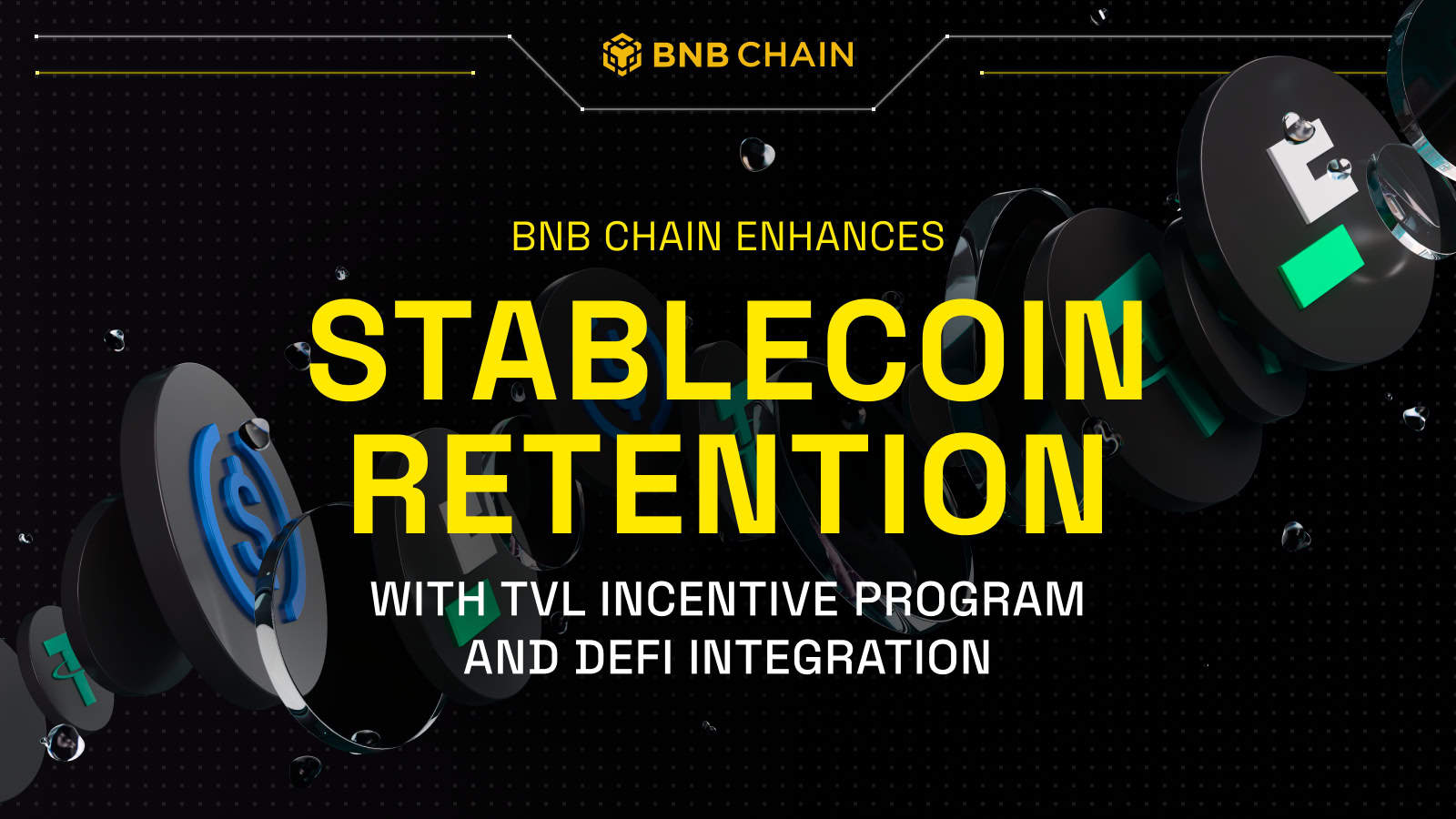ARTICLE AD BOX
EigenLayer leaders have today admitted to withholding the full truth about its massive insider allocations, specifically that they claimed a majority of its supply was not for sale (in ‘full lock’) despite wealthy insiders being allowed to cash out rewards.
Back in April, EigenLayer became one of Ethereum’s largest yield-boosting protocols with $15.7 billion in assets. Fast-forward to today, and its fully diluted value has crashed 60%.
EigenLayer admitted its sneaky practices in a belated transparency disclosure.
Eigen Labs and Eigen Foundation posted disclosures on the treatment of investor staking rewards, which we summarize in this tweet, responding to community questions.
– Eigen Labs disclosure: https://t.co/SYspTxM3Nd
– Eigen Foundation disclosure: https://t.co/xPebLKNtj9…
Buoyed by $100 million from Andreessen Horowitz (a16z) and tens of millions from other Silicon Valley luminaries, EigenLayer claimed it could compete with Lido, by far the largest liquid restaking protocol on Ethereum.
Restaking protocols are essentially leveraged debt schemes that use staked ether’s paltry 3.5% as collateral for derivatives that loop up to double-digit percent yields.
EigenLayer’s leaders claimed that they would lock a majority of the EIGEN token supply for at least a year. Specifically, in April, EigenLayer published a whitepaper allocating a stunning 29.5% of the token supply to early investors plus 25.5% to early contributors. Combined, these two groups would hold greater than 50% of all EIGEN.
It further promised that both of these groups agreed to three years of trading restrictions, including “a full lock in year one, followed by a linear unlock of 4% of their total allocation each month over the next two years.”
Read more: Ethereum Foundation blasted for EigenLayer conflicts of interest
EigenLayer’s shady ‘full lock’ promise
Fast-forward to September 30 — mere days into the listing of EIGEN on exchanges — and users started to notice that these so-called ‘full lock’ allocations were actually allowing investors and early insiders to cash out.
As recently as two weeks ago, Eigen did not disclose that investors holding ‘full lock’ EIGEN could sell the staking rewards received from those locked, staked tokens. Eigen then updated its docs at the very last minute.
It shouldn’t be announced after someone calls you out. This should’ve been announced long ago.
— TardFiWhale.eth (@TardFiWhale) October 2, 2024“Basically they’re earning dividends,” noted one user. “Locked tokens should not be staked. That there is a grift,” said another, while one commented, “The public was unaware of this practice… leading to misleading conclusions about the token’s float and, consequently, investment decisions.”
In June, EigenLayer had attracted $20 billion in assets and become the second-largest liquid restaking protocol after Lido’s then-$35 billion. Today, it is is down 44% to $11.2 billion.
Although the price of ether has declined over this time and accounts for some of these dollar losses, Lido’s assets have roughly tracked the 25% price decline of ether whereas EigenLayer’s 44% losses have far outpaced ether’s decline.
Got a tip? Send us an email or ProtonMail. For more informed news, follow us on X, Instagram, Bluesky, and Google News, or subscribe to our YouTube channel.










 English (US) ·
English (US) ·